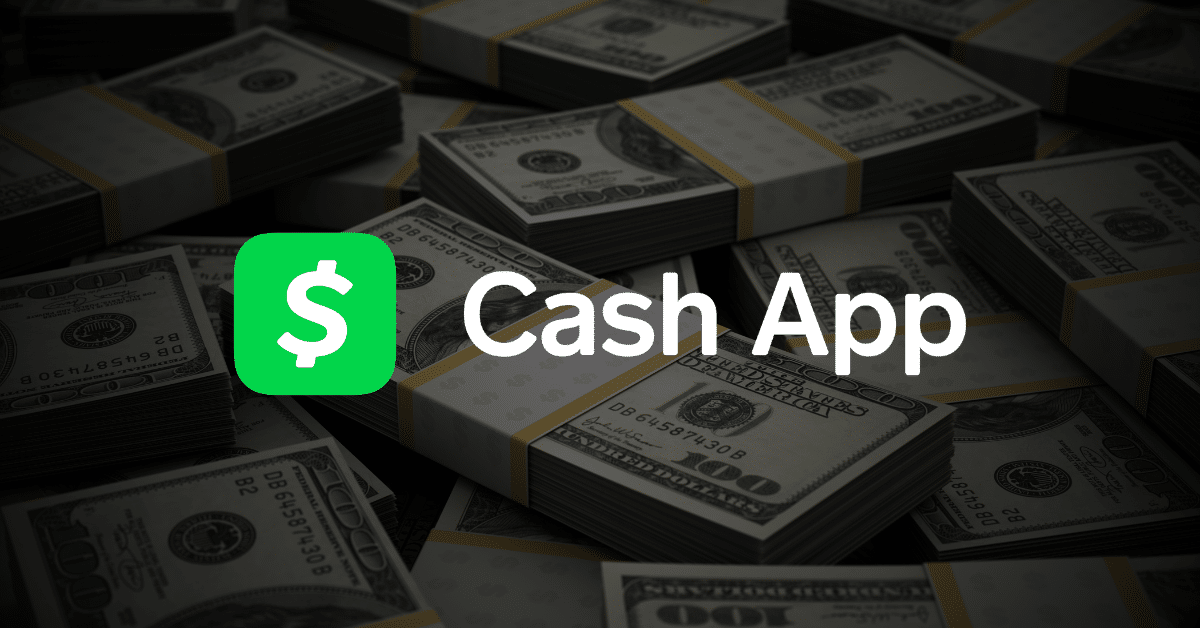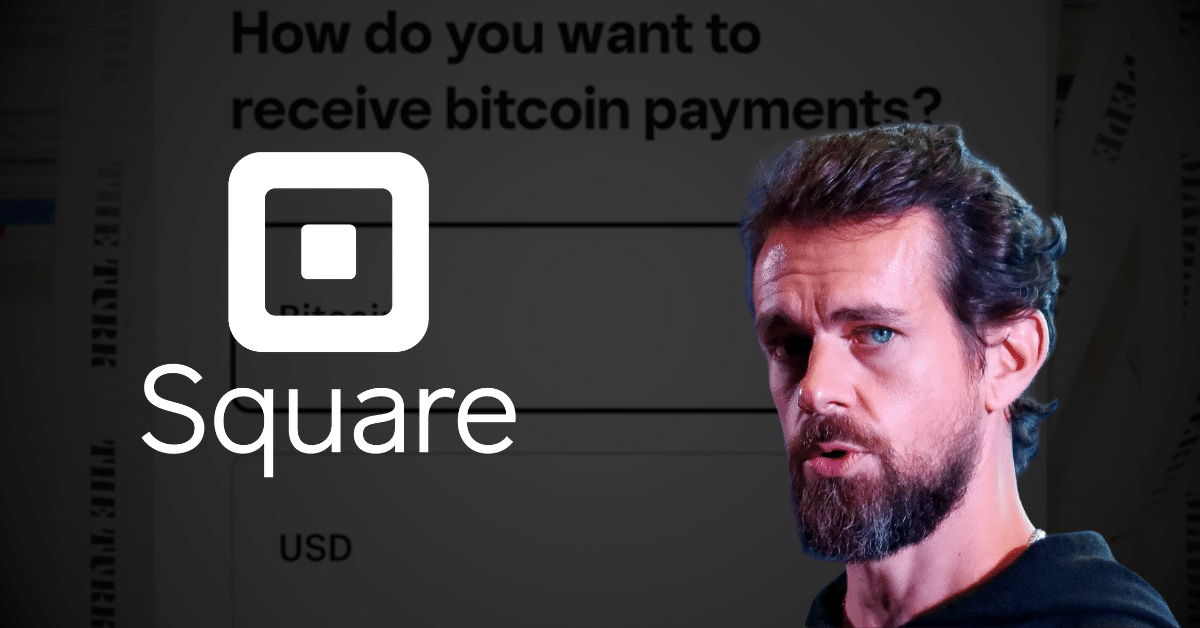Key Takeaways
- Aster, a decentralized exchange, confirmed its tokenomics are unchanged following community confusion sparked by a CoinMarketCap (CMC) update that displayed delayed token unlock dates (some pushed to 2035).
- The team clarified the confusion was a miscommunication regarding ecosystem tokens that were scheduled for monthly unlocks but never executed because no usage plan was in place.
- Aster will move the unused, unlocked tokens from the locked address to a new, dedicated public wallet that the community can independently track.
The Token Unlock Confusion: Miscommunication, Not Policy Change
The decentralized exchange Aster just had to put out an emergency clarification after a simple data update on CoinMarketCap (CMC) caused a massive community panic. Users logged on and saw that ASTER’s token unlock dates, which were supposed to be in 2025, had been suddenly pushed way back, some as far as mid-2026 and 2035! This abrupt change on major sites like CMC and Binance immediately triggered fears that the project had secretly changed its tokenomics and was planning huge, unexpected token dilution.
Aster immediately hit back, confirming the CMC update was just a mistake, a miscommunication, not a policy change. Here’s the key: while the original tokenomics included monthly ecosystem unlocks, the team admitted they hadn’t actually released any of those tokens since the TGE because the usage plan wasn’t ready.
The bottom line is that the tokens were always sitting safe in a locked vault, never touching the circulating supply. The tokens were locked for future use, not for public distribution, which is what Aster wanted to emphasize, though CMC’s incorrect reporting made it look like a scary delay.
Commitment to Transparency: Dedicated Public Wallet
To shut down the panic for good and make sure this confusion never happens again, Aster is taking a brilliant, proactive step toward transparency. The decentralized exchange is going to transfer every single one of those unused tokens to a brand-new, public-facing wallet address. This move is genius because it lets anyone track the funds independently, offering verifiable proof that the tokens aren’t secretly hitting the circulating supply.
The team promised to keep the communication crystal clear, stating, “We currently do not have a need or plans to spend from this address. We will maintain transparency with the community regarding the usage of these funds in the future.”
CZ’s $2.5 Million Bag
This whole tokenomics mess hit at a moment when ASTER was already riding a huge wave. Just weeks ago, the token’s price spiked by over 30% because Binance co-founder CZ (Changpeng Zhao) revealed on X that he personally holds more than $2.5 million in ASTER. He made a point of saying he was a long-term buyer, not a quick trader. That was all it took: influential traders piled in, with one even pointing out that it was the first time CZ had ever publicly bought something other than BNB.
Final Thoughts
Aster successfully quelled community fears regarding its tokenomics by clarifying a CMC miscommunication and committing to verifiable transparency. The decision to move unused ecosystem tokens to a dedicated, public wallet is a strong step toward restoring trust and ensuring that market dynamics are based on accurate data, regardless of third-party reporting errors.
Frequently Asked Questions
Why were the Aster token unlock dates changed on CMC?
The change was due to a miscommunication about ecosystem tokens that were unlocked but never used or added to the circulating supply.
What will Aster do with the unused ecosystem tokens?
They will be transferred to a dedicated public address for independent community tracking and monitoring.
What was the impact of CZ’s recent disclosure on ASTER?
Binance co-founder CZ’s disclosure that he holds a $2.5 million bag of ASTER caused the token price to surge by over 30% earlier in the month.























